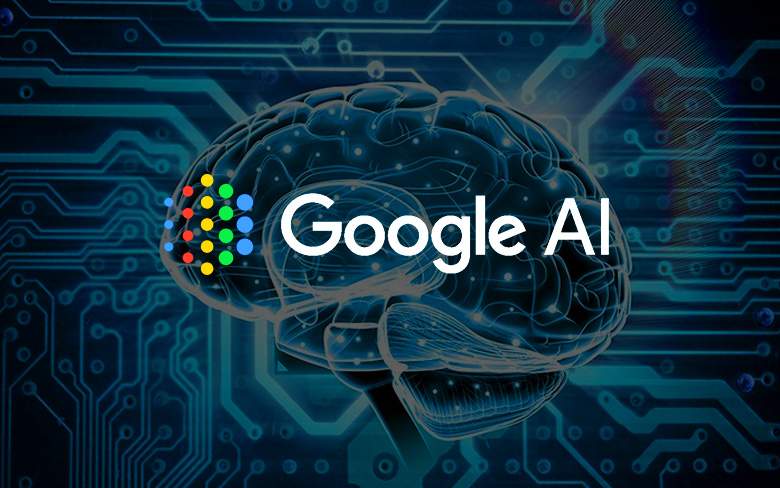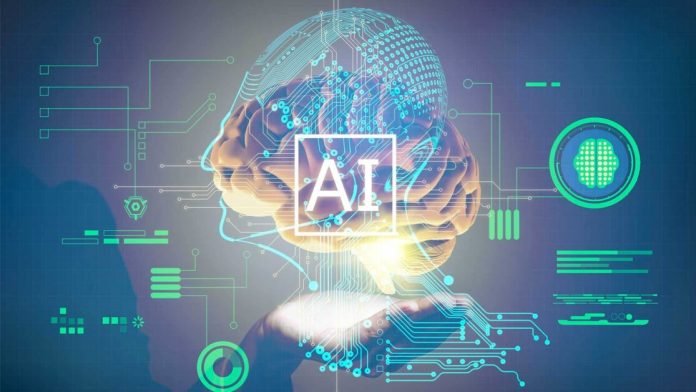Find out what artificial intelligence is and how it manifests itself in our routine and what is the future of this technology.
The Artificial Intelligence, you will see there being cited only as IA (or AI, the artificial intelligence) is a technological breakthrough that allows systems to simulate a similar intelligence to human – going beyond the programming of specific orders to take shape decisions autonomous, based on standards from huge databases.
Something so complicated is also an academic field of study – which did not start yesterday. For some decades now, what has been called “intelligent agents” has been studied, who perceive their environment, understand how they can operate and what is the best way. Professor John McCarthy is credited with using the term for the first time in 1956, at a conference of experts at Darmouth Colege, called “The Electronic Eros”, which he defined as “the science and engineering of producing intelligent machines”.
What do you mean, smart machines?
Artificial Intelligence, in essence, allows systems to make decisions independently, accurately and based on digital data. What, in an optimistic view, multiplies the rational capacity of the human being to solve practical problems, simulate situations, think of answers or, more broadly, enhances the ability to be intelligent.
A new wave of innovation
Economists call this the fourth industrial revolution, marked by the convergence of digital, physical and biological technologies – messing up the borders of the three areas. And AI is part of this next wave of innovation, bringing big changes in the way people and companies relate to technology, share data and make decisions.
What is artificial intelligence?

We can define artificial intelligence, roughly, as the ability of machines to think like human beings: learn, perceive and decide which paths to follow, in a rational way, in the face of certain situations. Until then, computers needed three main pillars to evolve from simple computing to the current one, of artificial intelligence:
- Good data models to classify, process and analyze;
- Access to large amounts of raw data;
- Powerful, affordable computing for fast and efficient processing.
With the evolution of these three segments, artificial intelligence has finally become possible with the formula: big data + cloud computing + good data models.
We can say that AI learns like a child. Gradually, the system (depending on the purpose for which it was created) absorbs, analyzes and organizes the data in order to understand and identify what are objects, people, patterns and reactions of all kinds.
Teaching computers to think, however, is not so simple. The Salesforce details that the issue involves several areas of computer science as Machine Learning , Deep Learning and Natural Language Processing. “All of these terms together make up all that is artificial intelligence and point to a future in which our platforms and systems will have enough intelligence to learn”, he explains.
So let’s go to the definitions:
Machine Learning:
Instead of programming rules for a machine and waiting for the result, we can let the machine learn these rules on its own from the data, reaching the result autonomously. Personalized recommendations on Netflix and Amazon, for example, indicate the titles according to what the user watches. As you add data (watch) the system learns what you like.
Deep Learning:
When we talk about deep learning, we are referring to a part of machine learning that uses complex algorithms to “mimic the neural network of the human brain” and learn an area of knowledge with little or no supervision. The system can learn how to defend itself from attacks, alone.
Natural Language Processing:
This processing uses machine learning techniques to find patterns in large sets of pure data and recognize natural language. Thus, one of the examples of application of the PLN is the analysis of feelings, where the algorithms can look for patterns in social media posts to understand how customers feel about specific brands and products.
Where can we find artificial intelligence?

AI is everywhere, in the autonomous car, on the shop floor and in the hospitals’ service system. But it’s also on the social network, on your cell phone, on antivirus, on the internet search engine. Google, for example, is an example of an AI-first company. That is, all of its products have machine learning processes.
In Google Photos, you can search for specific objects and situations, from “hugs” to “dogs” and “colors”. In addition, the Wizard is always suggesting creating a GIF, montage or effect.
In Gmail, the e-mail from the search giant, machine learning helped to improve the spam filter, and in Google Translate, the move to the translation system with neural machines significantly improved the quality of what was translated. In the search, there is RankBrain, an algorithm that uses deep learning to improve the ranking of links. Speech recognition on Android is also “machine learning”.
On Facebook, the technology helps remove inappropriate content even before a post is reported by a user. A mix of artificial intelligence, machine learning and computer vision allows you to remove inappropriate content faster, track more content and increase the capacity of the review team formed by human reviewers.
But, not everything is flowers: you must be wondering why, in the case of the social network, this “doesn’t work”. Facebook points out that AI is very promising, but it is still far from being effective for all types of inappropriate content, given that context is very important. So we still have people reviewing reports. In this case, the technology is used to expand capacity and speed up the process, but it still does not replace people.
Technology needs large amounts of data to be trained to recognize significant patterns of human behavior. Often, some languages do not have all this data or in some regions the cases are not so reported. That is why, normally, there is more progress in English, as it is the largest data set.
Even in your computer’s antivirus there is possibly a similar combination, with the fusion of three elements: big data, machine learning and expert analysis. One of the functions of KSN (its cloud security service) is to block the latest AI-based threats. At the same time, it allows each user to participate to send metadata about new threats. Each detected information is added to the database. And with that done, the systems can detect precisely not only that threat, but also others with similar constructions.
The functioning of AI involves much more than perceiving its presence in your daily experiences. Every time you pick up your smartphone, you’re already seeing what AI can do for you. But behind every personalized recommendation, even relevant research results, there is a combination of technologies that makes artificial intelligence work and that is, consequently, making you have higher expectations about all smart machines and devices that uses.
A path with no return.
Will AI steal your job?
The future of AI points and urges for an increasingly transparent, ethically constructed technology that is part of everyday tasks, at work or in our personal life, increasing our cognitive abilities. AI can make human beings more productive, freeing professionals from certain mechanical and repetitive tasks so that they can use the maximum of their capacity to create and innovate in other sectors. A change in the job market has started and it will certainly take some jobs in the future.
It is worth noting that, in the business world, it is good to remember that if you are not being disruptive in your industry, certainly someone is. And AI can be the greatest ally to contribute to this type of digital transformation that companies are looking for. Combined with human ability, it can propel people to do amazing things.


Hi there, of course this paragraph is actually pleasant and I have learned lot of things from it on the topic of blogging. thanks.
Aw, this was a very good post. Finding the time and actual effort to make a top notch article… but what can I say… I procrastinate a whole lot and don’t manage to get anything done.